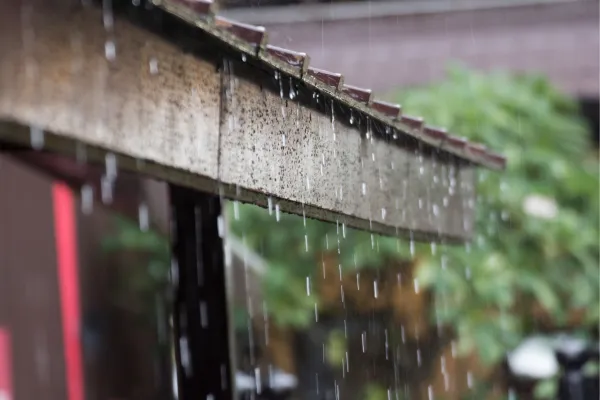Our Learning Center

Protect Your Roof from Storm Damage: Minimize Risks with Proactive Prevention
Homeowners in storm-prone areas like Georgia face regular threats of hail, lightning, high winds, and heavy rains that can inflict major damage to roofing materials. Taking proactive steps to prevent storm damage to your roof will help avoid costly repairs down the road. Follow these tips to minimize risks.
Inspect Roof Regularly
Make Annual Inspections a Priority
Conducting thorough roof inspections at least once a year is one of the best ways to get ahead of potential storm damage. Walk around the exterior and use binoculars to look for:
Loose, cracked, curled or missing shingles
Exposed roofing nails that have lost surrounding granules
Damaged or deteriorated flashings around vents, skylights etc.
Evidence of water intrusion like leaks or rotted deck boards
Catching minor wear early makes repairs easier and prevents further deterioration until the next storm hits.
Clear Debris Frequently
Remove any branches, leaves or other debris that accumulate on your roof. Materials trapped on the roof can lead to accelerated wear of shingles and cause localized damage when blown around by high winds.
Inspect and clear debris after heavy storms. Avoid walking on very steep or wet roofs though - leave that to the professionals.
Trim Overhanging Trees
Trees hanging over your roof are magnets for damage. Falling branches or tree debris can break, dent or crack shingles. Have any trees near your home trimmed back so they don't contact the roof surface.
Keep gutters clear of any overhanging leaves or needles as well so they don't cause ice damming in storms.
Upgrade to Impact Resistant Shingles
If your roof has standard asphalt shingles, consider upgrading to impact resistant versions designed to withstand hail, falling branches and other impacts. Impact resistant shingles have a reinforced design and meet UL2218 Class 4 standards.
The upfront investment adds long-term protection in storm-prone regions. Talk to your roofer about shingle options.
Improve Attic Ventilation
Proper attic ventilation releases heat and moisture that can accelerate roof aging and make it more susceptible to storm damage. Improving airflow reduces strain on the roof in severe weather.
Consider installing ridge and soffit vents or roof turbines if ventilation is inadequate. Proper venting also reduces energy bills.

Inspect Flashings and Valleys
Flashing and roof valleys channel water away. Inspect them for deterioration and damage. Tree debris tends to accumulate in valleys. Clogged or poorly sealed valleys increase risks of leaks and interior water damage when heavy rainwater overflows the blockage.
Reinforce Flashing Seals
Storm winds can exploit even small gaps in flashing seals around vents, joints or roof penetrations. Check that rubber boots and other seals are intact and securely fastened with no peeling edges or cracks that allow water intrusion. Reseal any compromised areas.
Protect Vents and Skylights
Check that all roof vents, skylights and other penetrations are securely fastened. Storm winds can lift poorly attached materials. Any resulting openings will allow water intrusion during rains.
Use Drip Edge Flashing
Drip edge flashing along gutter edges directs water away from lower roof edges and trim boards. This minimizes water penetration vulnerability at the roof line. Talk to your roofer about adding drip edge if your roof lacks it.
Let Us Help You Guard Against Storms
Roof protection from unpredictable Georgia storms requires diligence to avoid expensive damage. Contact Infinity Roofing Contractors to inspect your roof for vulnerability and recommend proactive improvements. Our experienced team knows how to properly reinforce trouble areas and minimize risks. Don’t get caught off guard - let us help you ward off storm damage!
How can we help you today?
Our family is standing by to help yours.








